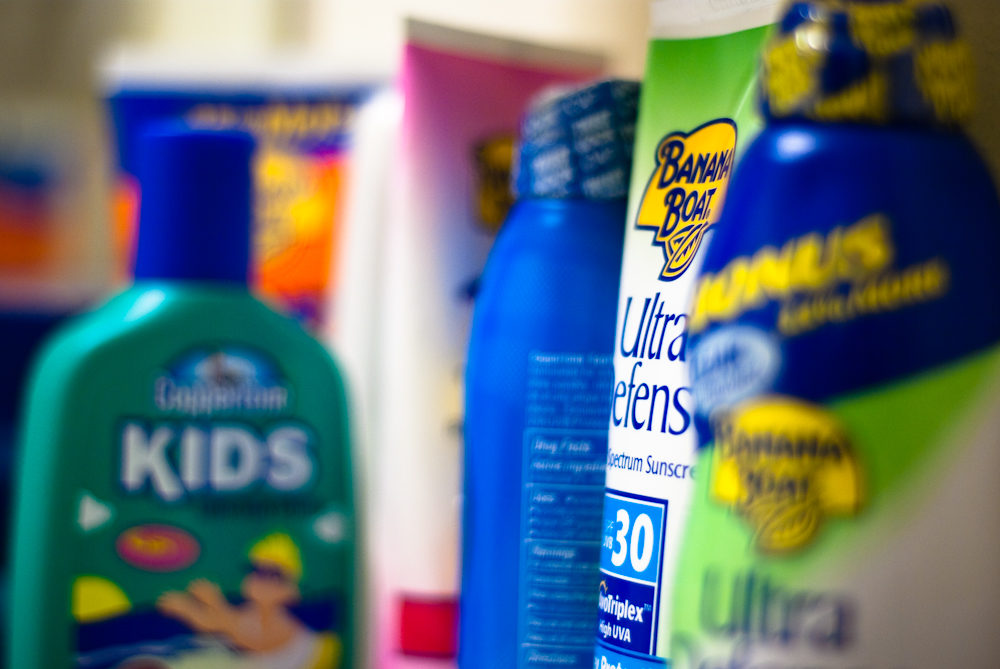Sunscreen Products Often Lack Required Water Resistance: Study

Some of the best-rated sunscreen products do not appear to work as they should, potentially leaving users exposed to health risks, according to the findings of new research.
New data by researchers from Northwestern University Feinberg School of Medicine in Chicago was published in the medical journal JAMA Dermatology on July 6, indicating that a significant portion of premium sunscreens purchased through Amazon.com lacked the basic water-resistant and ultra-violet ray protection standards recommended by skin care professionals.
According to medical professionals at the American Academy of Dermatology (AAD), sunscreen products should provide a wide range of protection from ultraviolet (UV) A and B rays, have a waterproof design and have bare minimum a sun protection factor (SPF) of 30. However, researchers found that the highest ranking products purchased through Amazon.com were based on cosmetic elegance rather than product effectiveness and performance.

Did You Know?
Millions of Philips CPAP Machines Recalled
Philips DreamStation, CPAP and BiPAP machines sold in recent years may pose a risk of cancer, lung damage and other injuries.
Learn MoreLead study author Dr. Steve Xu and his team of researchers identified more than 6,500 sunscreens sold through Amazon.com, which is responsible for nearly 10% of all sunscreen sales. The top 65 ranked sunscreens purchased by consumers had a price per ounce range from $0.68 to $23.47. Purchasers appeared not to consider price per ounce a major factor, researchers noted.
Of the 65 products reviewed, the data indicates that 40% did not meet the basic AAD recommendations and only 62% of the sunscreens claimed to be water resistant. Although 90% claimed to have at least a 30 SPF, only a portion contained both.
Medical professionals from the AAD recommend consumers always wear sunscreen products with at least the basic recommendations. Overexposure to UV rays from the Sun can cause serious adverse health consequences including infections from rupturing blisters, precancerous skin lesions, skin cancer, eye damage, and aging of the skin among many others.
Past research has identified many of the sunscreens available on the market exaggerate their SPF levels and many fall short of what they claim to provide, leaving users vulnerable to more UV rays. Several years ago the Environmental Working Group (EWG) released a sunscreen guide, which indicated that only eight percent of sunscreen products on the market are recommended.
The EWG tested 500 products and found that only 39 of those products should be used. The group said the problem with the majority of the products were exaggerated SPF claims and the use of chemicals that could raise the risk of cancer.
In 2014 the U.S. Food and Drug Administration (FDA) gathered for a two day panel with several medical experts to discuss the scope and safety of testing that should be required for sunscreen and evaluate testing methods for the active ingredients used in sunscreen products sold over-the-counter in the U.S.
Get more articles like this sent directly to your inbox.
"*" indicates required fields





0 Comments